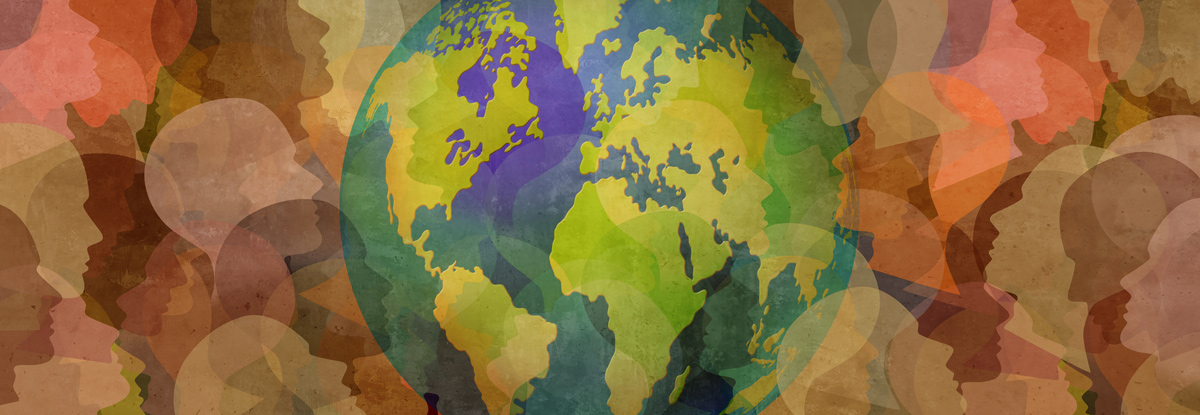by Frances Hughes, RN, BA, MA, DNurs, FAAN, Col (ret), JP, CNZM , Director Strategic Global Initiatives, FEN advisory member
Throughout history, people have made the journey from one country to another. There are many reasons why someone chooses to start such a journey, which is why it is important to first distinguish the differences between migrants and refugees. Migrants make the decision to move based on personal choice. They choose to move to a different country to better their circumstances, and they make the decision where they want to migrate to. Refugees on the other hand, have no choice. They are forced to leave their homes due to fear of violence, persecution, or natural disaster.
The United Nations’ 2030 Agenda for Sustainable Development recognizes migration as a core development consideration and catalyst for sustainable development that cuts across various sectors of government policy.
- The positive impacts of migration for both host and origin communities have been well documented. However, they are often underreported or unacknowledged in public debates. According to migration policy research, there are three main categories through which migrants contribute to their communities:
- Sociocultural refers to social and cultural factors, such as habits, traditions, and beliefs.
- Civic-political relates to solving problems in the community through volunteering, engaging with political processes or government offices.
- Economic describes any activities involving trade, industry, or money. Immigration has been shown to stimulate economic growth and contributes to the global gross domestic product (GDP).
The links between migration and development are multifaceted and mutually reinforcing:
- Migration has long been considered an essential strategy for improving individual and social well-being and expanding one’s possibilities for development. Poverty, instability, lack of access to education or other basic services are only some of the factors that can push individuals to migrate.
- Migration can also be seen as an outcome of enhanced development because, as development takes place and income levels rise, so too does migration, with people having more resources and therefore more ability to migrate.
- As a contributor to development, migration can result in better employment opportunities for the individual, higher incomes, and can open possibilities for acquiring or improving skills and knowledge.
- Migration can also be a consequence of development-related initiatives, such as the effects of trade, evolution of agriculture, urbanization or other trends and policies that lead to migration or displacement.
It’s also important to note that migration is a feature of social and economic life across many countries, but the profile of migrant populations varies considerably. This is in part because of the variety of sources of migration. In much of Europe, for example, citizens enjoy extensive rights to free movement. In Australia, Canada, and New Zealand, managed labour migration plays an important role. Across the globe, migration is a powerful influence on our society, and its economic impact is significant.
- Migration is not directly driven by workforce needs, yet immigrants play a decisive role in the most dynamic sectors of the economy.
- Immigrants are neither a burden to the public purse nor are they a panacea for addressing fiscal challenges. In most countries, migrants contribute more to taxes and social contributions than they receive in individual benefits.
- Migration helps by improving people’s quality of life. It helps to improve the social life of people as they learn about new culture, customs, and languages, which then can help to improve the brotherhood among people.
- Migration of skilled workers leads to a greater economic growth of the region.
Additionally, according to the World Migration Report 2020, migrants enhance global innovation in four key areas:
- There is a higher concentration of migrants in economic sectors that tend to be more innovative.
- By applying for patents, and as entrepreneurs
- Having a greater contribution to business start-ups as compared with natives.
- By fostering investment, trade, and technology linkages
By embracing migrants in our communities, we embrace wider world views and within that ensure we keep our minds open to expanding knowledge paradigms. We enrich ourselves through the process and in turn we become better human beings.
The role migrants play in today’s economy is profound. This is especially true for the global nursing workforce. Currently, out of the world’s 27.9 million nurses, about 3.5 million, or one in eight nurses, work in a country different from where they were born or educated. Given the stressors of the pandemic, this segment of the workforce will likely continue to grow over the next decade. Having served over four million nurses from over 200 countries and territories of the world, CGFNS International, Inc. is the world’s largest credentials evaluation organization for nursing, and its mission is to serve the global community by verifying, evaluating, and promoting the knowledge-based practice competency of healthcare professionals. Our global economy depends on migrants, and for the global nursing workforce, CGFNS is here to help.
This blog is brought to you by HelpingMigrantNurses.org
HelpingMigrantNurses.org supports and fosters leadership, learning, and empathy between cultures; provides real and meaningful support to help acclimate migrants to new environments; and is grounded in the “lived experience” of migrant nurses.
HelpingMigrantNurses.org works to sustain & retain the international nursing workforce by encouraging advanced nursing degrees, providing professional development, and researching ways to reduce nursing burnout.
HelpingMigrantNurses.org’s support is direct to applicants, institutions, and governing bodies around the globe.
References:
Mainstreaming Migration into Local Development Planning and Beyond. IOM, JMDI- 2015. https://publications.iom.int/system/files/pdf/whitepaper_mainstreaming.pdf
OECD (2012), “Renewing the Skills of Ageing Workforces: The Role of Migration”, International Migration Outlook 2012, OECD Publishing, Paris, https://dx.doi.org/10.1787/migr_outlook-2012-7-en.

